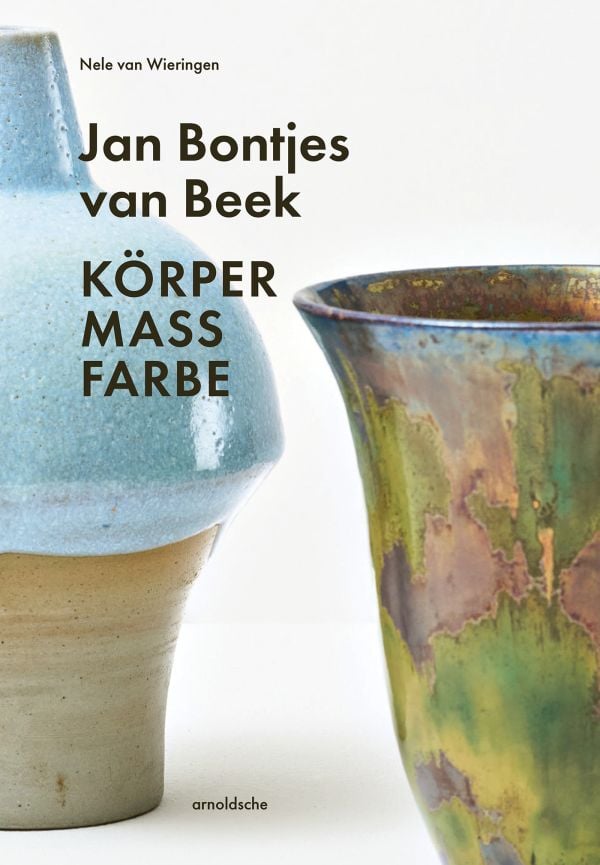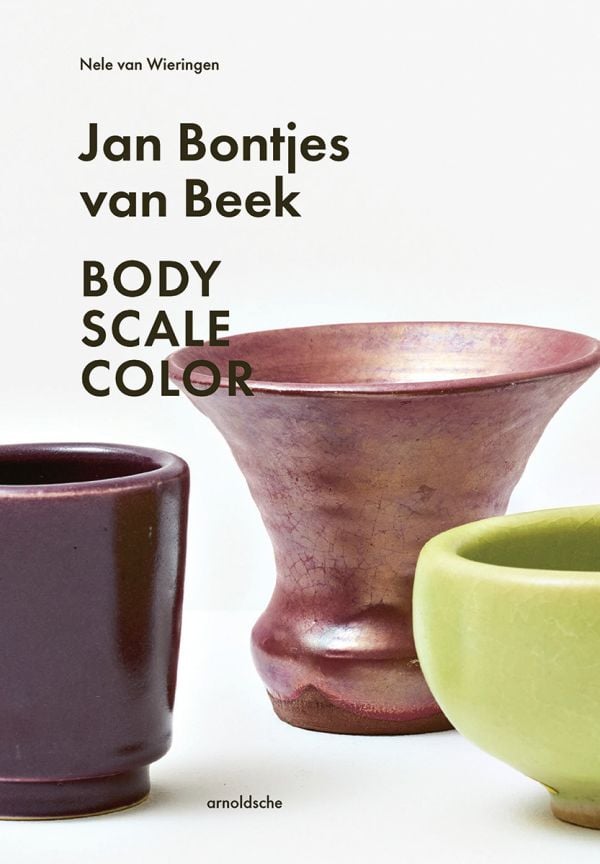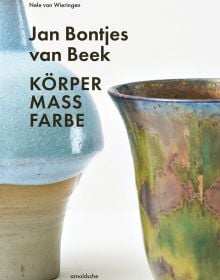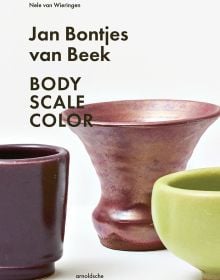Jan Bontjes van Beek
Body | Scale | Color
- Rare insight into a pioneering figure of modern ceramics
- Ceramic mastery blending materiality, colour, and dynamic form
- A vivid artist’s life shaped by Germany’s turbulent history
The moving life of Jan Bontjes van Beek (1899–1969) is closely associated with 20th-century German history. A “strikingly blonde sailor who could dance and play the violin,” he joined the Worpswede artist’s colony in 1919 and later found a home with the Breling family in Fischerhude, who introduced him to ceramics. With the support of his second wife, the architect Rahel Weißbach, he moved to Berlin in 1933, where his studio became a well-known meeting place for artists. Despite having been arrested by the National Socialists and his daughter Cato executed, he could not endure the GDR’s Socialist Unity Party regime either and stepped down from a teaching post at the East Berlin Weißensee art school in 1950. He broke into teaching in West Berlin and, finally, in Hamburg continued his ceramic work, which provided the free thinker with a firm footing. Like no other, he emphasised materiality in form and dynamism in colour. During tumultuous times, he sought out the perfect balance for his vessels, and ultimately for himself.
Text in English and German.
- Publisher
- Arnoldsche Art Publishers
- ISBN
- 9783897907522
- Publish date
- 5th Jan 2026
- Binding
- Paperback / softback
- Territory
- UK, US, Eastern Europe, France, Benelux, Japan, South Korea, Africa, South America & Ireland exclusive. South Africa, N&M East, China non-exclusive
- Size
- 245 mm x 170 mm
- Pages
- 80 Pages
- Illustrations
- 49 color
Distributed by ACC Art Books
Our Catalogues
Please log-in or create an account to see your recent items.



